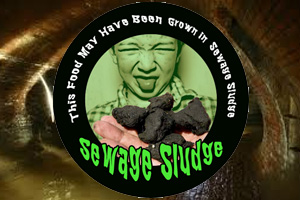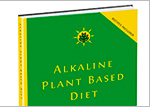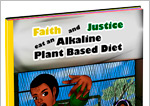Crops Grown In Sewage Sludge! WTF?

Sewage sludge? Is there any end to this madness? Some crops are actually grown in sewage sludge. Using sewage sludge in agriculture was seen as the environmentally friendly approach to growing crops. I guess the thinking was to get all of the shit out of the sewers and put it on our plates so we can eat it and recycle it?
Using sewage sludge as a fertilizer has only recently come under scrutiny because third party research has shown that plants absorb more than what was thought to be absorbed.
For having some really smart people in our food industry, it seems pretty silly to me that it was only until recently they have come to this realization that plants would absorb more than their required nutrients from the sewage sludge.
Sewage Sludge By Any Other Name Is Still…
Sewage sludge has been given a pretty name to make it easier to digest, and is called “biosolids.” Studying this subject I have learned that it was not uncommon to use human feces as fertilizer just as horse or cow feces has been used as fertilizer.
Putting the “ickiness” aside, the reason why feces is used a crop fertilizer is that it contains many nutrients plants needs to grow. Usually the manure from grazing animals was used though.
The use of human feces as fertilizer is not a comfortable thing for many people to digest. Unlike grazing animals, humans put a lot of foreign substances into their bodies which end up in their feces.
Substances like pharmaceutical and recreational drugs, and substances like hormones or preservatives from the processed foods we eat end up in our feces. But there is more! Sewage sludge contains remnants of everything that passes into the sewer. Using human feces as fertilizer is different than using sewage sludge as fertilizer.
Sewage sludge includes pharmaceutical residues from all the prescriptions and over-the-counter drugs, industrial chemical materials corporations flush down the toilet, and medical waste. The substances can “bioaccumlate” in the plants being treated.
Sewage sludge drying is a process where the water is removed from the sludge, and it is heated to kill certain bacteria. Even though this measure is taken to make the sewage sludge safer, the heating of the sewage sludge does not remove dissolved metals like silver, flame retardants, and other chemicals that are harmful to our bodies.
As I mentioned earlier, the practice of using sewage sludge as fertilizer has come under scrutiny because concerned third parties revealed that using sewage sludge allowed these harmful chemicals to be absorbed by the plants we eat.
Some farmers were more ethical than others and opted out of using sewage sludge fertilizer even though it was reported as being safe at that time. Others opted to use the sewage sludge fertilizer and with activist support pressure was put on farmers and vendors to stop using the sewage sludge fertilizer.
Surprisingly one company that sold produce grown in sewage sludge was Whole Foods. Yes Whole Foods! As I said earlier, where does the madness stop?
Luckily The Center for Media and Democracy (CMD) broke the story that Whole Foods Market had a policy of “don’t ask, don’t tell” when it comes to “conventional” or non-organic produce being grown in fields spread with sewage sludge.
Certified organic produce cannot be fertilized with sewage sludge though.
Because of the pressure that was put on Whole Foods it has made the commitment to ban sewage sludge grown produce in 2014. Read more about Whole Foods agreeing to stop selling food grown in sewage sludge.
Tags: sewage sludge, sewer sludge






